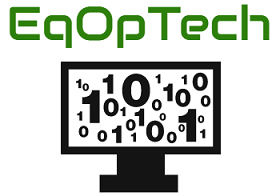By Kevin Gao
On August 5, 2017, EqOpTech hosts a fifth tech talk in a series of Speaker/Workshop for students interested in the tech fields. This tech talk features Grace Gao, Principal Engineer, VLSI CAD Engineering, Rambus.
Ms. Grace Gao, Principal Engineer, Rambus
CAD (computer-aided design) and EDA (Electronic Design Automation)
Ms. Gao leads off the meeting by introducing CAD as a highly versatile field that serves as a cornerstone for how we design and build things. How did CAD come into being? What are its historical milestones? And where is it going next? A short, animated video, "CAD innovation over the years”, answers these questions and takes us through a brief history of CAD from blueprints to the design horizon, and how it has evolved over the years.
Ms. Gao works in a chip design company, so she emphasizes her talk on how to use computer-aided design in Very Large Scale Integration ("VLSI") to make a computer chip, a process called EDA, or electronic design automation. Another short video, "EDA: Where Electronic Begins”, briefly explains the functions of EDA and how it drives the growth of the semiconductor and electronics industries. The video also unveils the whole process on how computer chips have been designed and manufactured by using electronic design automation.
In addition, our speaker also brought real chip samples with her, so seminar attendees are not only able to learn the topics from the presentation and videos, but can also touch and feel them to help visualize what a real "chip" is like. There were several computer chip dies, chip in the package board, and a 12-inches wafer which cost a half a million dollars from a real tapeout. One small chip has been used in Microsoft xbox, and another small chip has a few billions Transistors count in a small 0.5x1 inch^2 area!

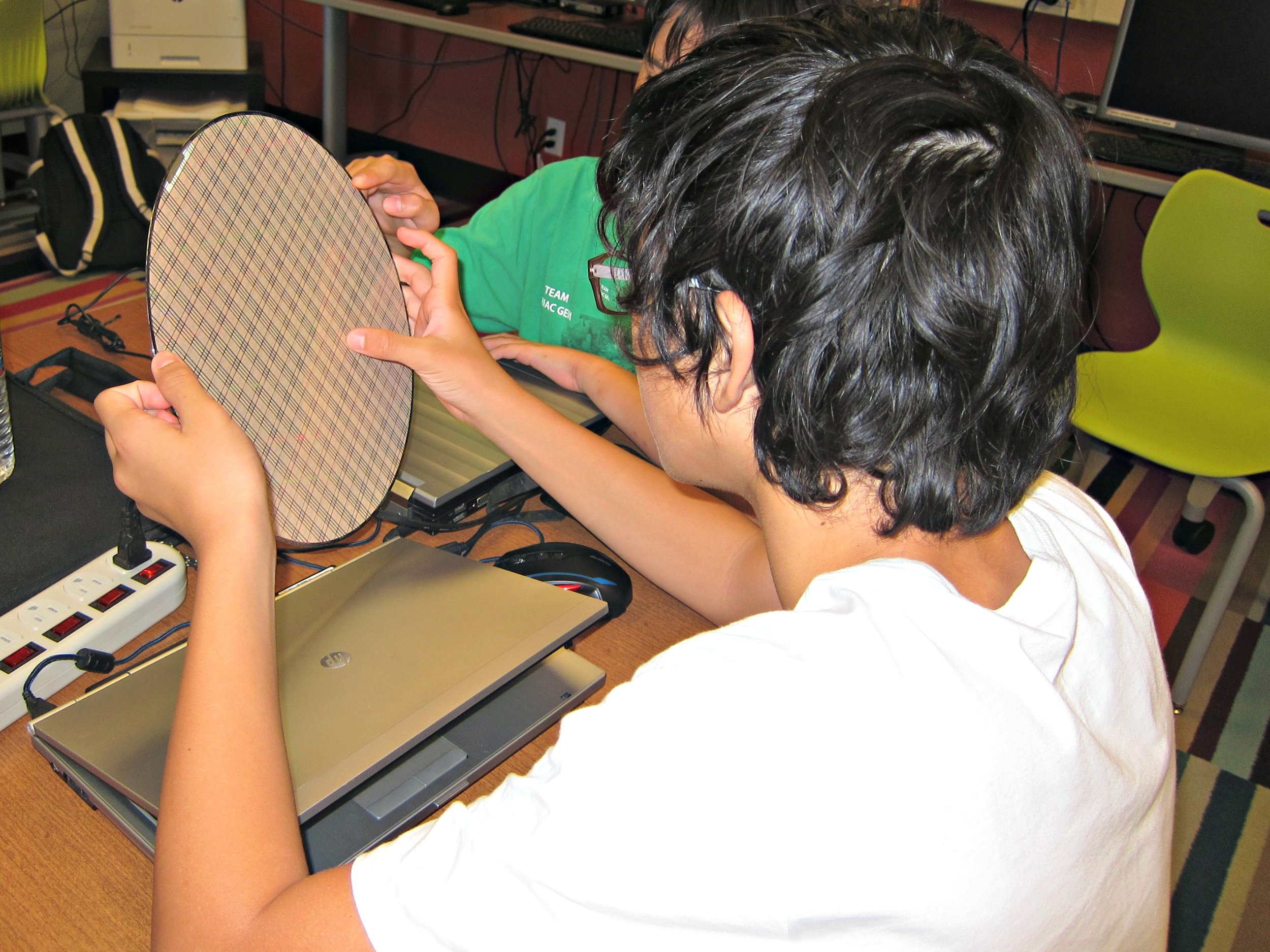

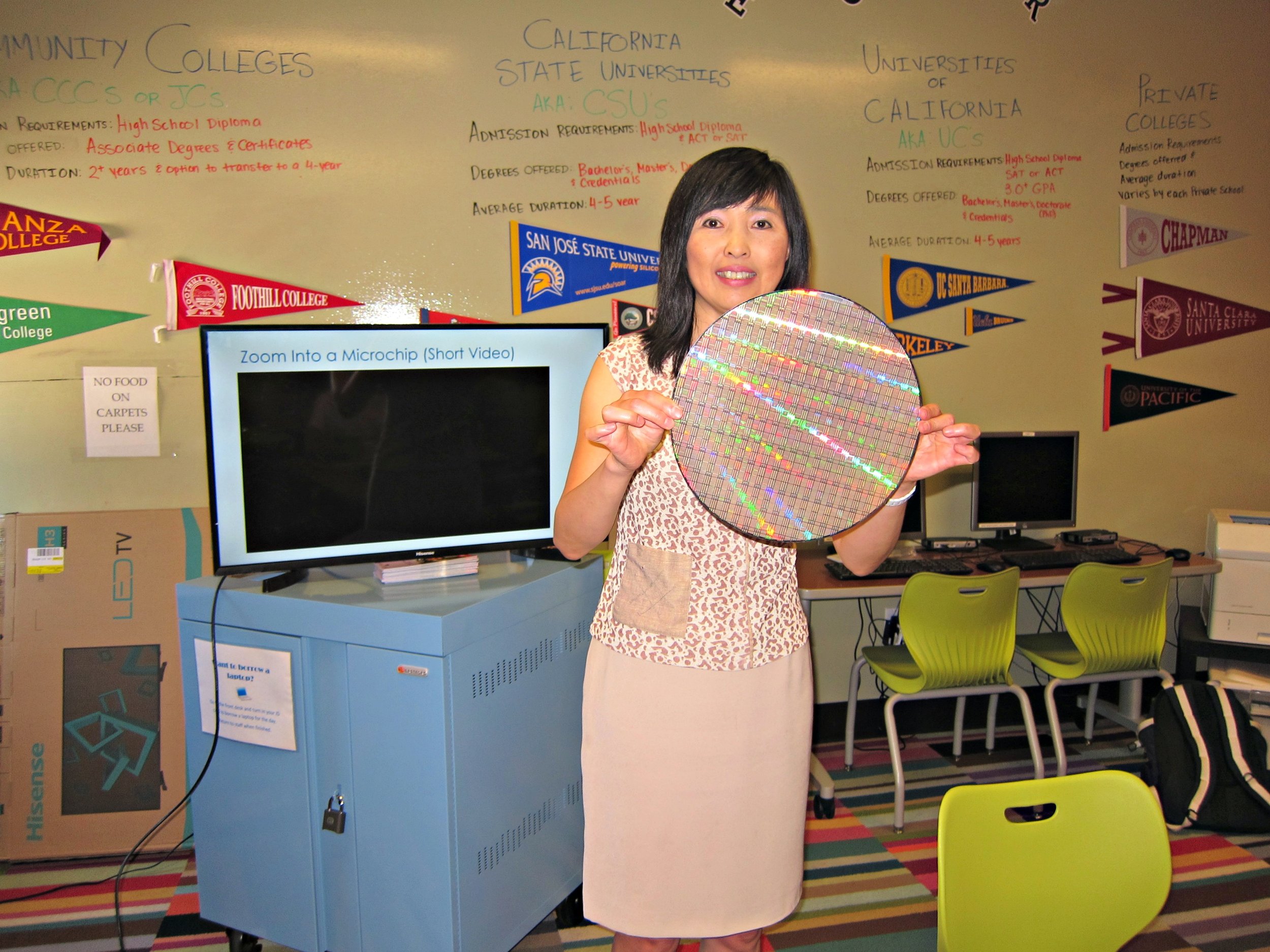

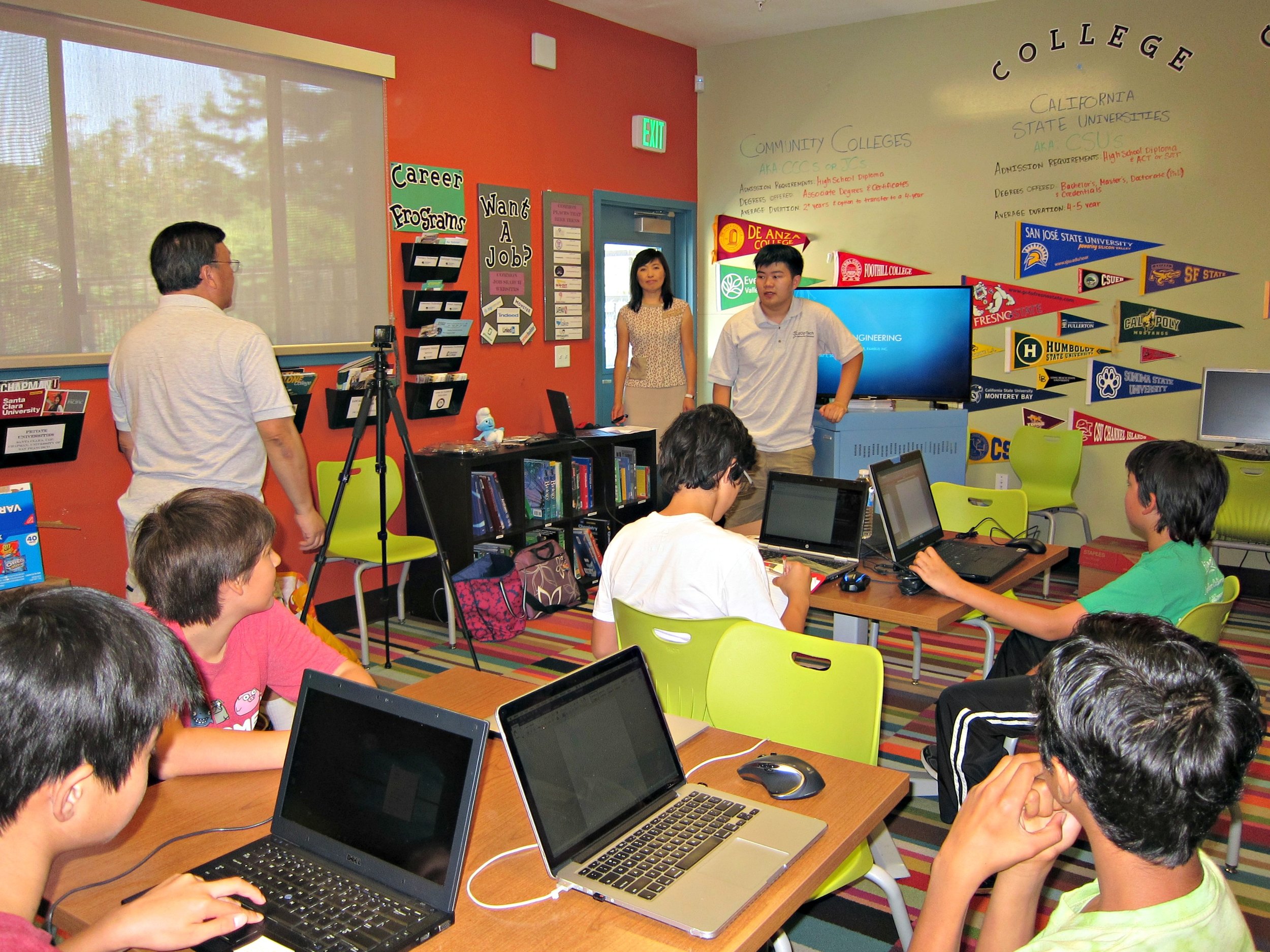
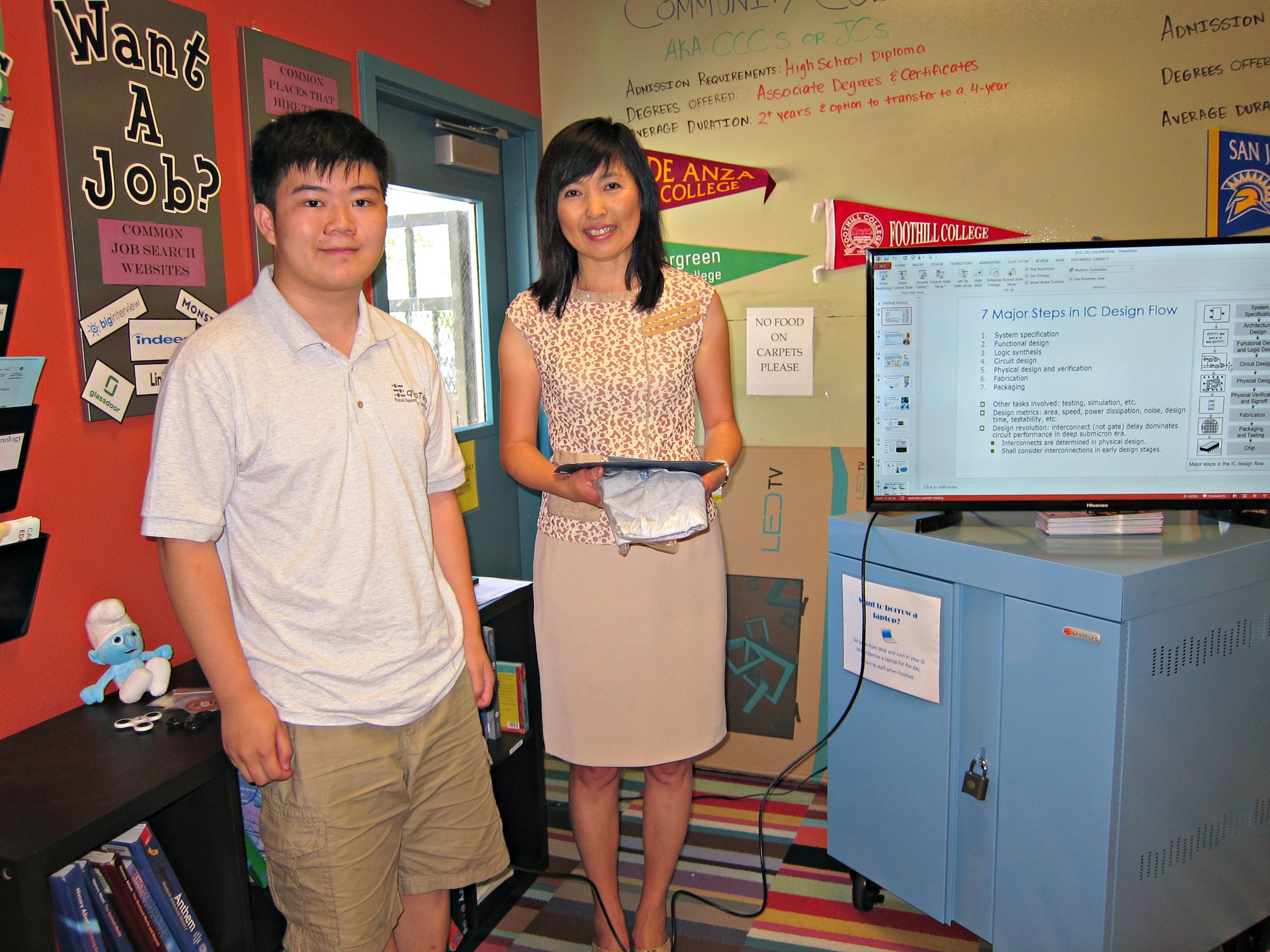
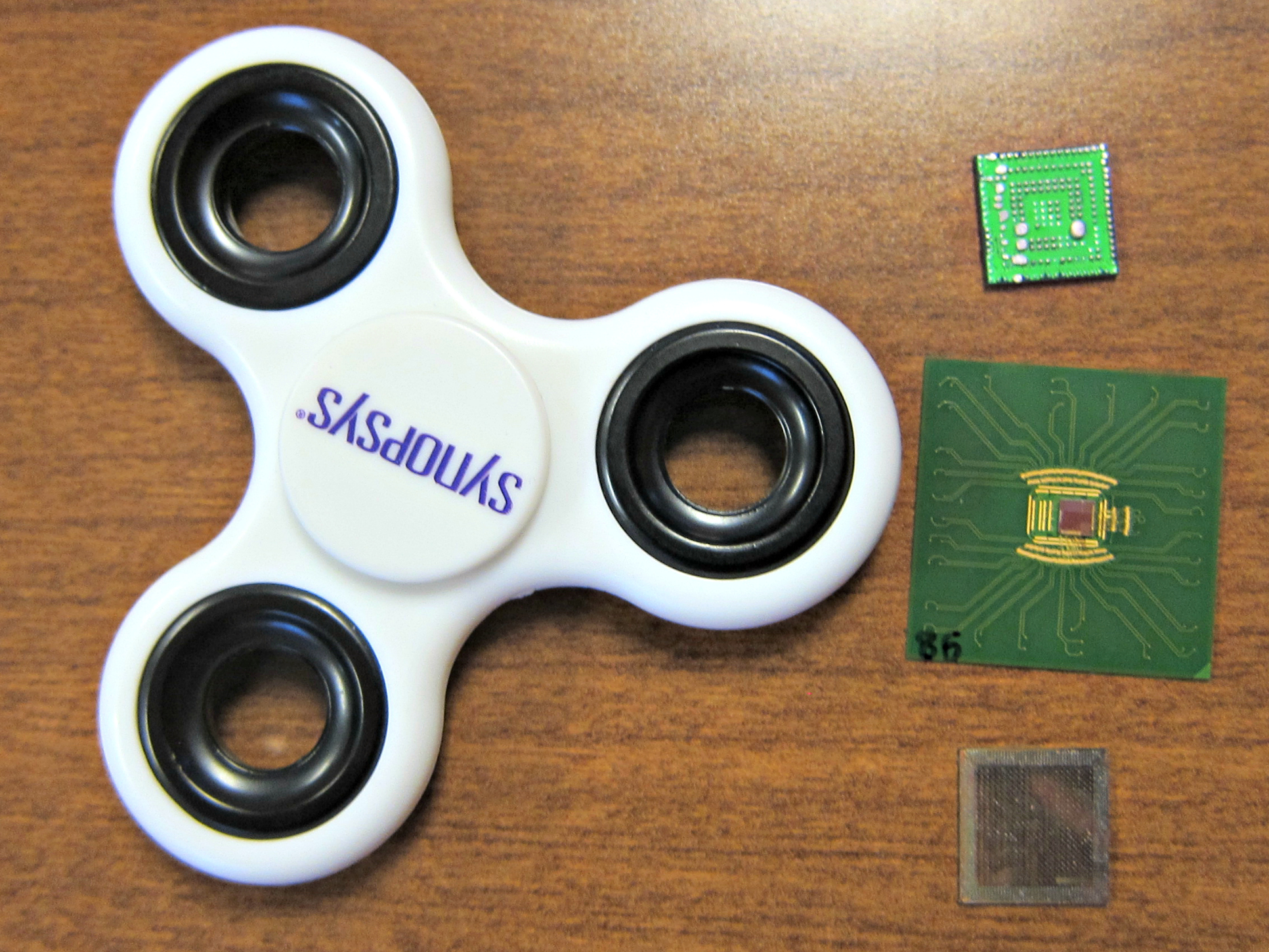
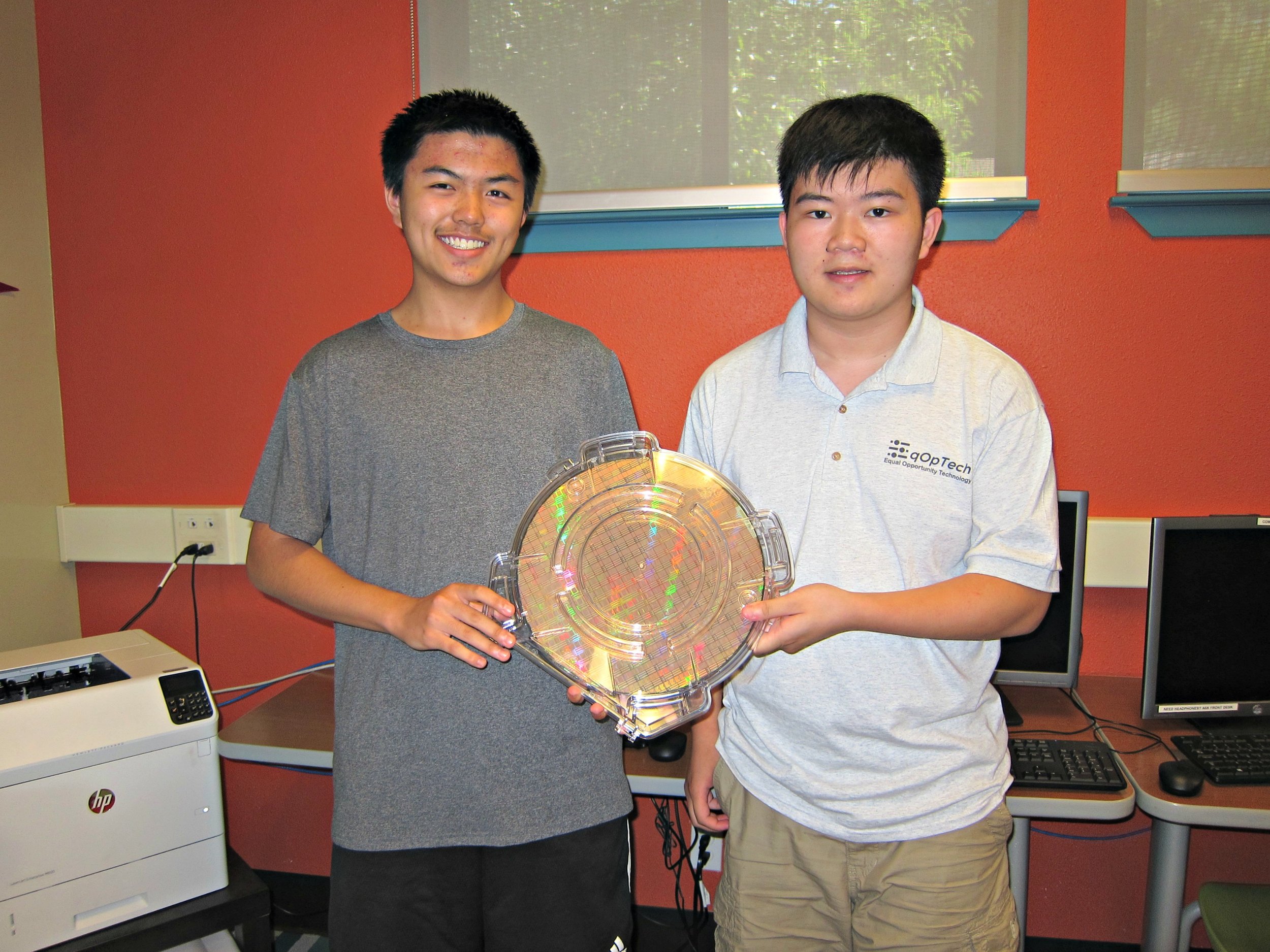
Introduction to Electronic Design Automation
The second part of the seminar covers the basics of electronic design automation. Ms. Gao highlights the 7 simplified steps on how a computer chip can be designed and manufactured with the help of EDA. She also briefly talks about EDA challenges and future trend, the Moore's Law and the technology roadmap for semiconductors. It is through this presentation that seminar attendees gain a greater appreciation on how important CAD software tools are in designing complex VLSI chips with billions of transistors, millions of logic, lots of memory, control and interconnect, etc.
CAD Engineering
Finally, Ms. Gao tackled some of the larger questions at hand: What does the CAD job look like? What type of work do these engineers do? Who could be the best candidate to be a CAD Engineer? And how would one prepare to work in this field? She shares the following observations:
- CAD engineering career field would appeal to someone who enjoys problem solving in both software and hardware
- Someone with a creative mindset, interested in exploring and solving problems
- Someone interested in new tech at all levels and want to learn new things everyday
- Someone who feels great satisfaction when they create something useful or help someone through automation
- Someone who serves as an “unsung hero in a successful tapeout”
Internship experience
CAD engineering attracts young, self-driven students with an interest in software or hardware engineering. Ms. Gao encourages everybody to apply for an internship. She shares an enjoyable experience with a previous intern at her company, remarking that interns bring in new perspectives, new ideas to the company, and are tech-savvy. "Our intern are just like one of us, under appropriate supervising, not only are interns quick to learn a new programming language, but before the internship concludes, he also takes the initiative to benchmark and compare the pros and cons of another programming language he is familiar with; so we both benefit and learn something new," Ms. Gao remarks. "In an age where technology never stops advancing, young, driven interns are quick to adapt and highly versatile at what they set out to do."
Workplace Communication Best Practice
In a work environment, communication and teamwork play a huge role in helping coworkers advance. A general rule of thumb: it is best to conduct prior research on the subject matter before asking a question. "One of my ex-coworker, always outlined in his e-mail a proposed solution for all questions he raised. This way, we can use that as the basis, brainstorm and collaborate to come up with an efficient and effective solution," our speaker recalls.
Autodesk Fusion 360 CAD Design Workshop - led by Kevin Gao & Terence Lee
Workshop attendees learn from the live presentation, watching the entire process on the big TV screen. In addition, they receive one-on-one hands-on experience during the following CAD workshop, where they are able to build 3D models from scratch and get a feel for what CAD is really like. In our workshop, attendees are able to craft their own fidget spinners on Autodesk Fusion 360.
12-inches wafer
VLSI Chips
Autodesk Fusion 360 demo
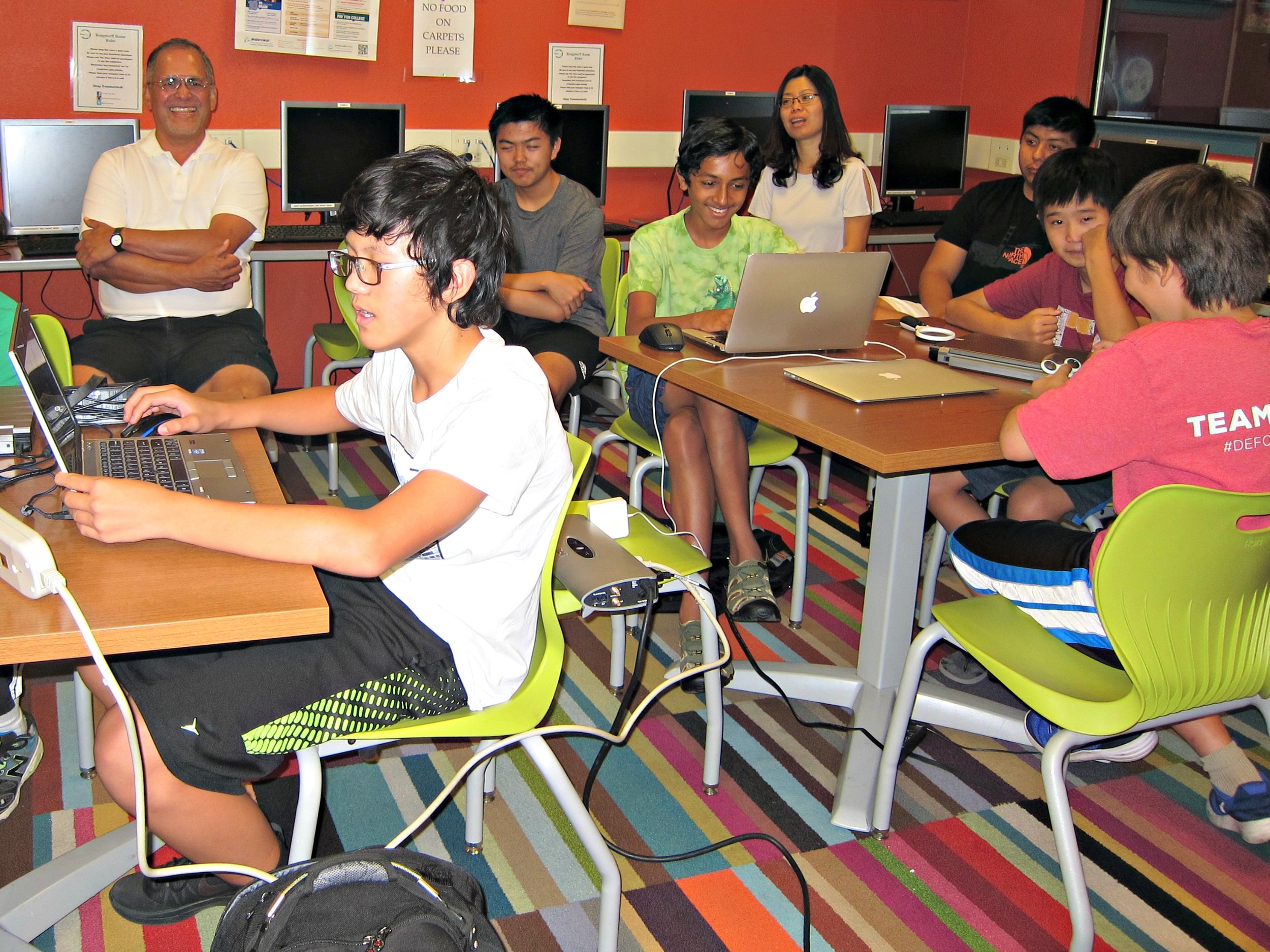



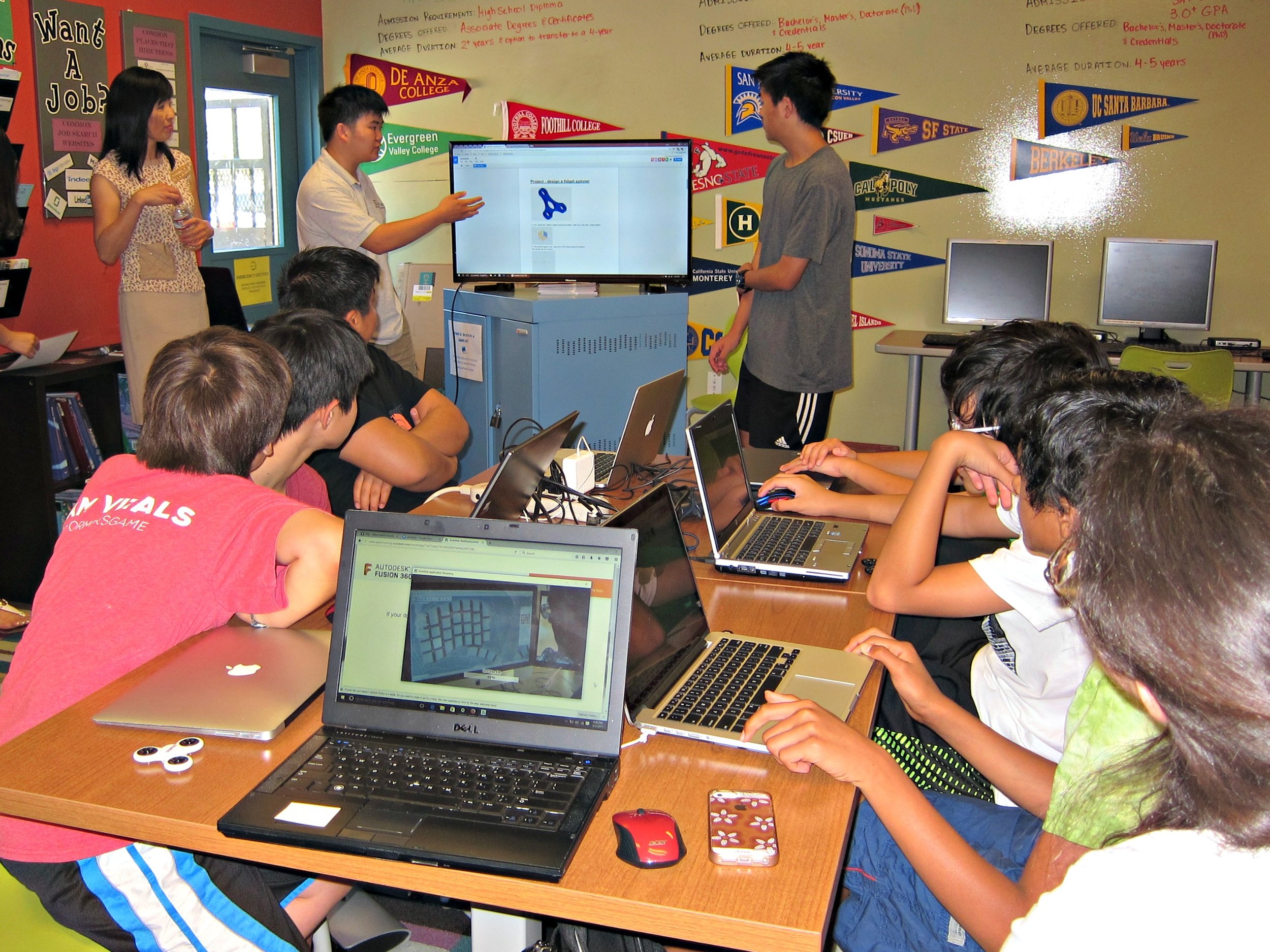

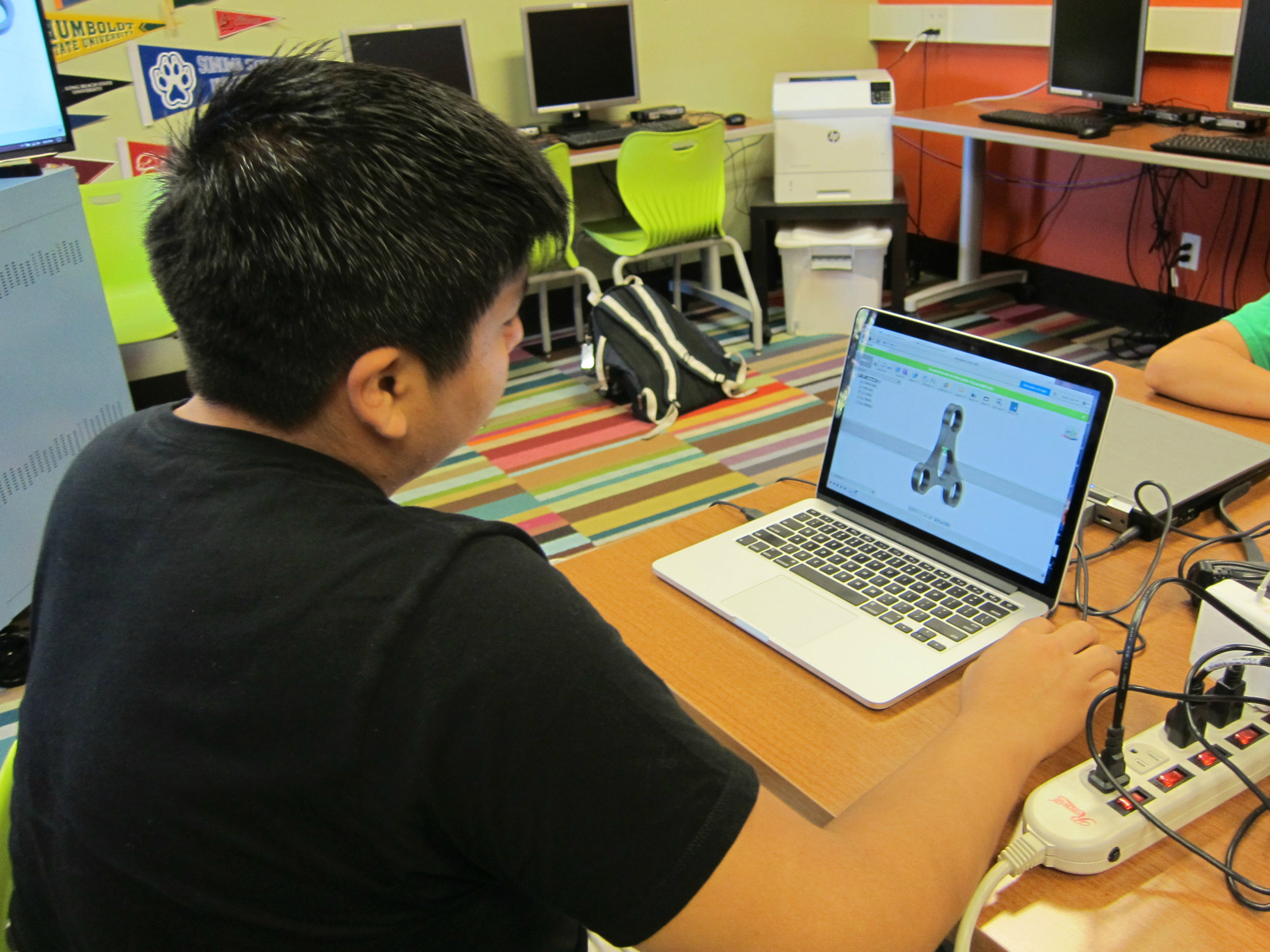

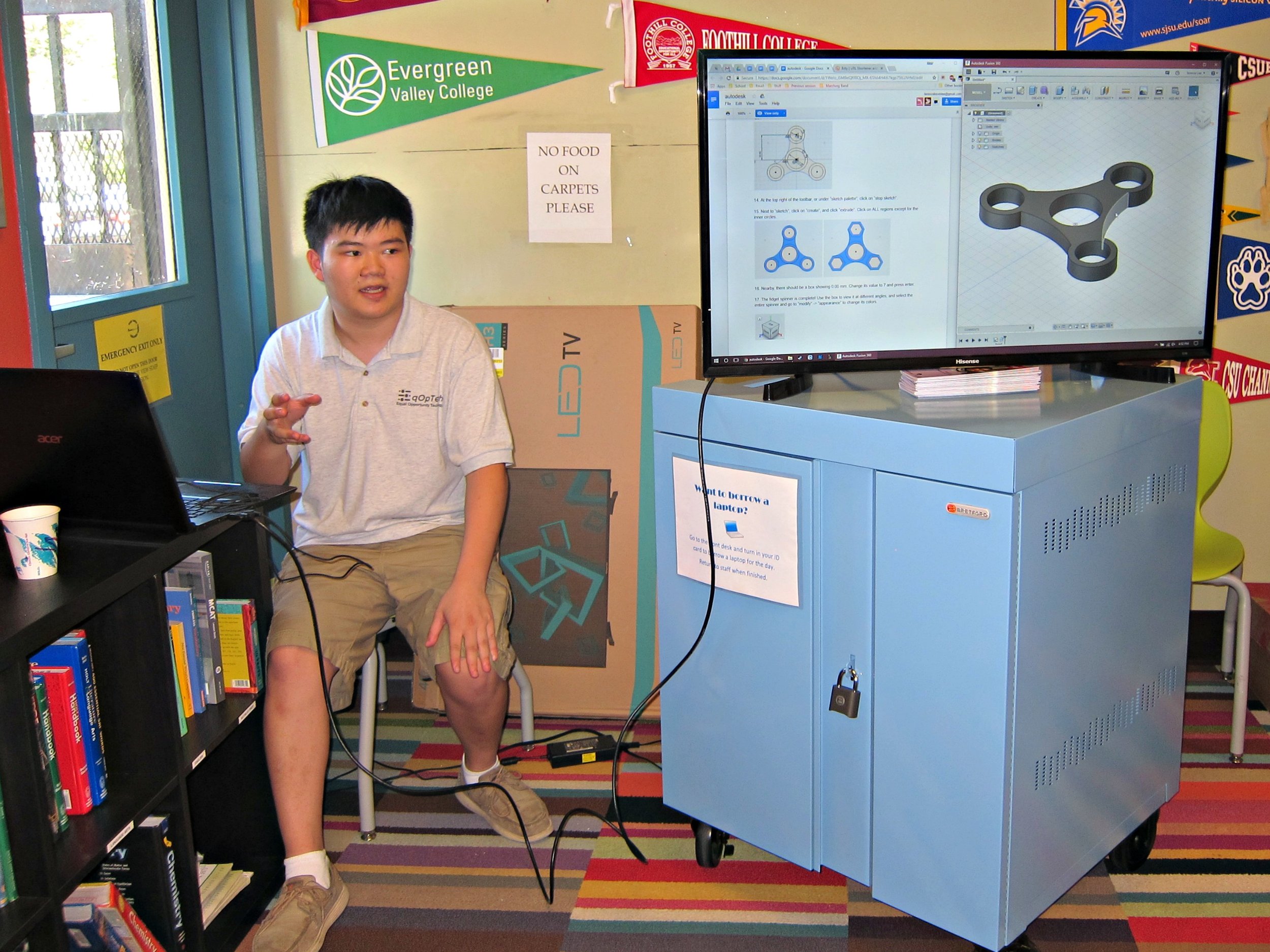
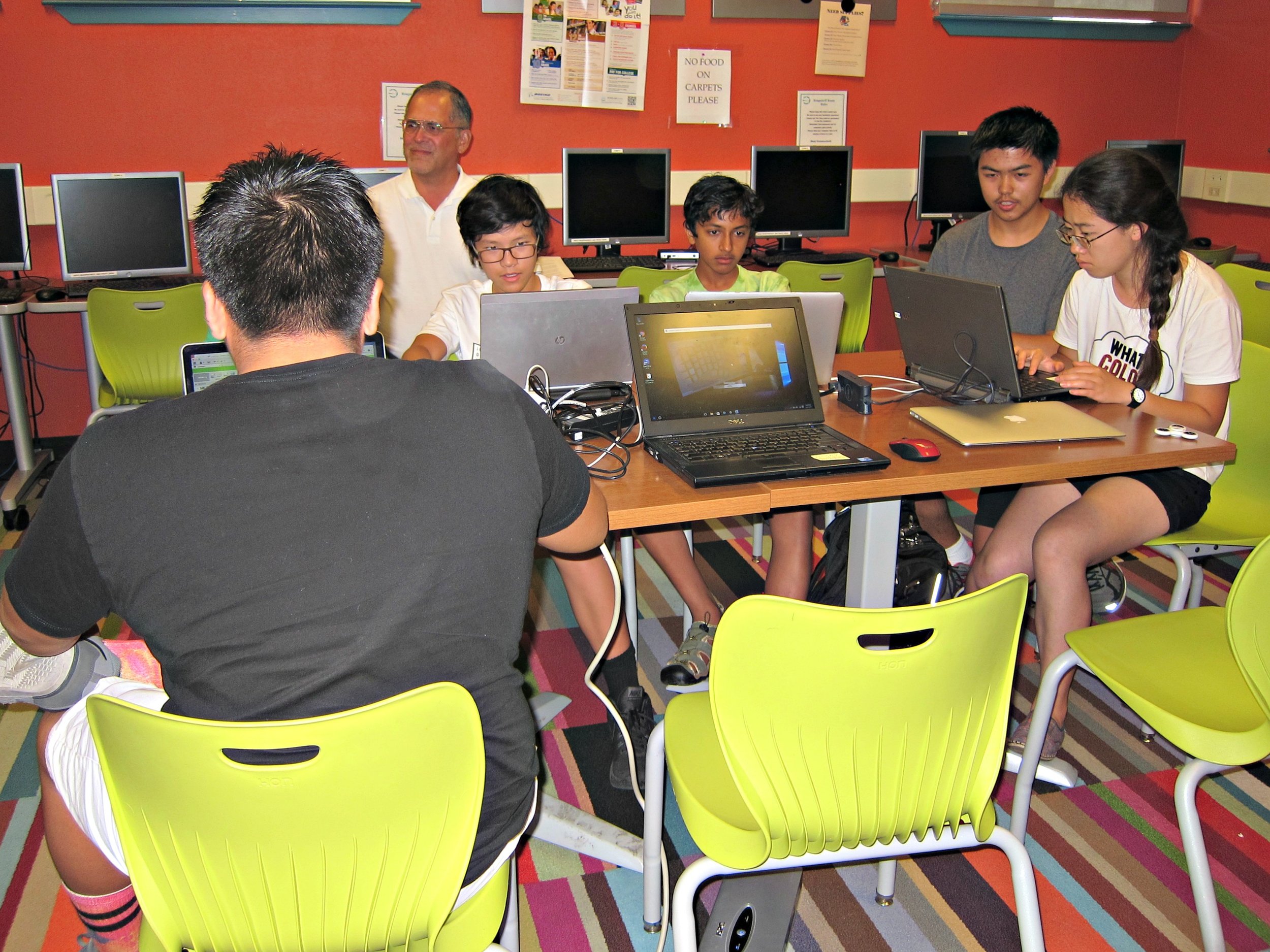
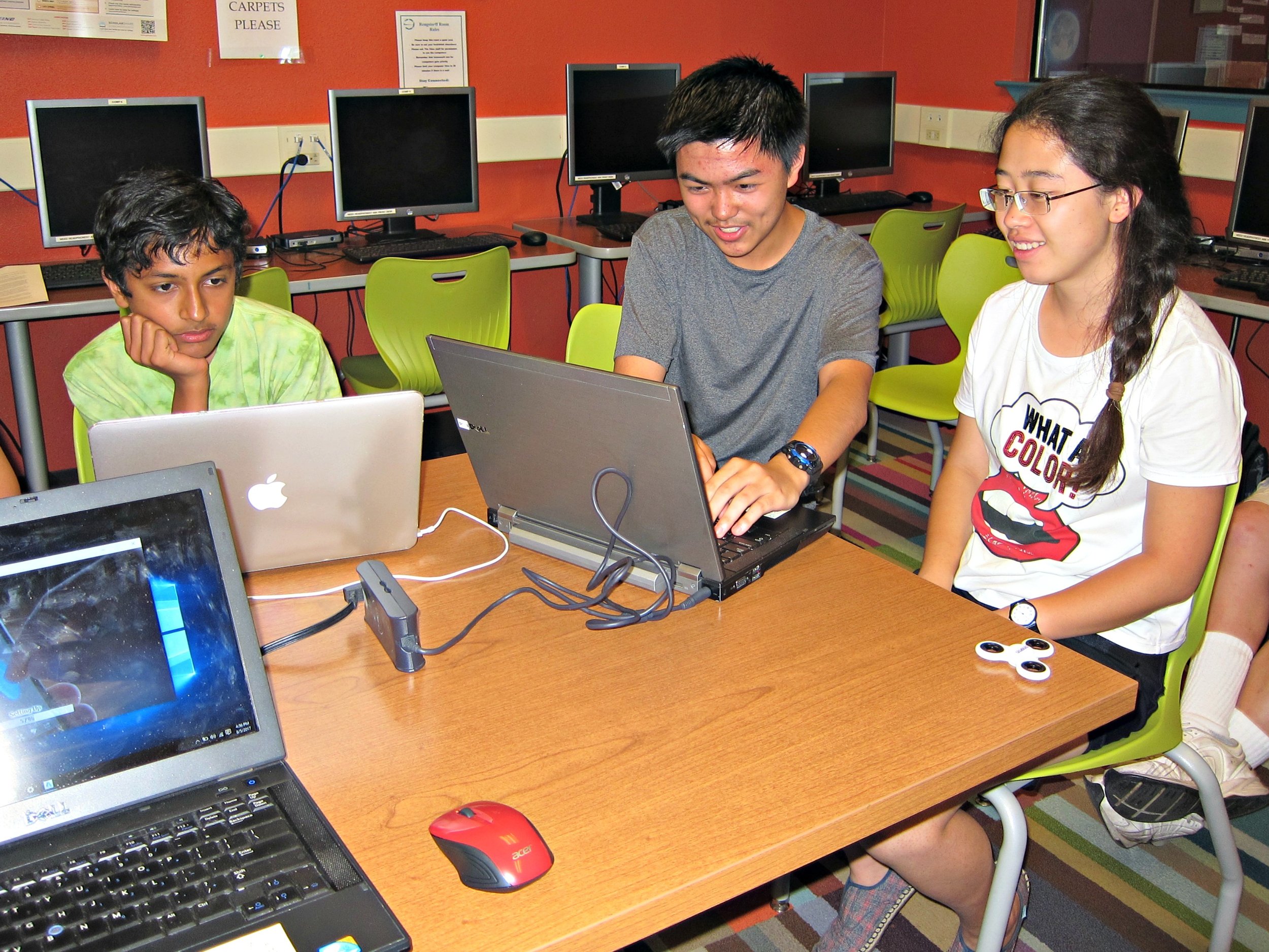

EqOpTech would like to thank Ms. Gao for an informative and eyeopening presentation and to Kevin and Terence for their leadership in the CAD design workshop. Thank you for all the fun props and prizes to keep the tech talk interesting and engaging.
Access here for the presentation slide deck:
Our Equal Opportunity Technology program is made possible thanks to Los Altos Community Foundation community grant award.
Visit here for more information.
